The oil content of walnut kernels reaches 60%-70%, which is higher than the oil content of soybeans, rapeseed, peanuts and sesame seeds. Walnut oil is extracted from walnut kernels. Its fatty acid composition is mainly linoleic acid 54.3%, oleic acid 20.3%, linolenic acid 16.8%, and the unsaturated fatty acid content is about 87%. Among them, linolenic acid can affect the synthesis, oxidation and excretion of cholesterol in the body, help prevent skin keratinization, and enhance tissue regeneration and immunity. The walnut oil production process is mainly divided into pressing and refining
Walnut oil cold pressing complete equipment
The walnut shelling and cold pressing process can obtain high-quality cold-pressed walnut oil, and the pressed cake can produce high-protein walnut powder. The process is as follows: walnuts→shelling→walnut kernels→hydraulic press pressing→filtration→virgin walnut oil→refining equipment→finished walnut oil
Process description: Walnuts are peeled with a shelling machine, and the shelled walnut kernels are put into a hydraulic press for cold pressing to obtain raw walnut oil, which is then processed by refining equipment to obtain finished walnut oil. This process is a cold pressing process, and the residual oil is 13-20%
Main equipment: shelling machine, hydraulic press, filter, refining equipment,etc.
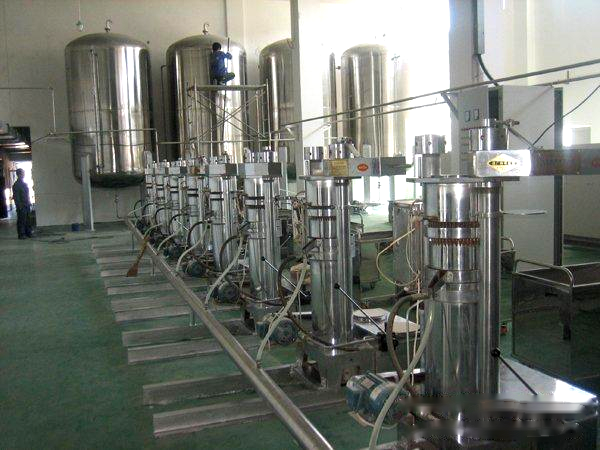
Detailed introduction of walnut oil refining equipment
Walnut oil refining equipment consists of a refining tank, a decolorizing tank and a filter, as well as an oil pump and motor electronic control system. It can realize the functions of crude oil degumming, deacidification, drying and decolorization.
Operating procedures:Crude oil - degumming (water washing) - deacidification (alkali refining) - decolorization (white clay adsorption) - dehydration (heating and drying) - refined oil
Walnut oil refining equipment performs hydration, degumming, deacidification, decolorization and deodorization of crude oil through heating and stirring.
1.Hydration degumming. Hydration degumming uses the hydrophilicity of peptidyl impurities such as phospholipids to add a certain amount of water or electrolyte dilute solution to the crude oil under stirring, so that the peptidic impurities in the crude oil absorb water, swell, and condense. A degumming method that separates and removes. During the hydration and degumming process, the main substances that can be condensed and precipitated are phospholipids, in addition to proteins, mucus and trace metal ions that are combined with phospholipids.
2.Alkaline refining and deacidification. Various unrefined crude oils contain a certain amount of free fatty acids. The process of removing free fatty acids from oil is called deacidification. Deacidification methods include alkali refining, distillation, solvent extraction and esterification. Alkali refining and steam distillation (physical refining) are widely used in industrial production.
3.Oil decolorization. Oil adsorption and decolorization is to use certain substances with strong selective adsorption of pigments (such as bleaching earth, activated clay, activated carbon, etc.) to adsorb pigments and other impurities in oil under certain conditions. Thereby achieving the purpose of decolorization. The grease treated with the adsorbent not only achieves the purpose of improving the oil color and removing gum, but also effectively removes some trace metal ions in the grease and some substances that can cause poisoning of the hydrogenation catalyst, thereby further refining the grease. (Hydrogenation, deodorization) provides good conditions.
4.Oil deodorization. Oil deodorization is a process that utilizes the difference in volatilization of odorous substances in oil and triglyceride fatty acid esters to deodorize substances with the help of steam distillation under high temperature and high vacuum conditions. The principle of deodorization by steam distillation (also known as steam stripping) is that water vapor passes through grease containing odor components, and the vapor-liquid surface contacts. The water vapor is saturated with volatile odor components and pressurized according to its partial pressure. ratio to achieve the purpose of removing odor components.
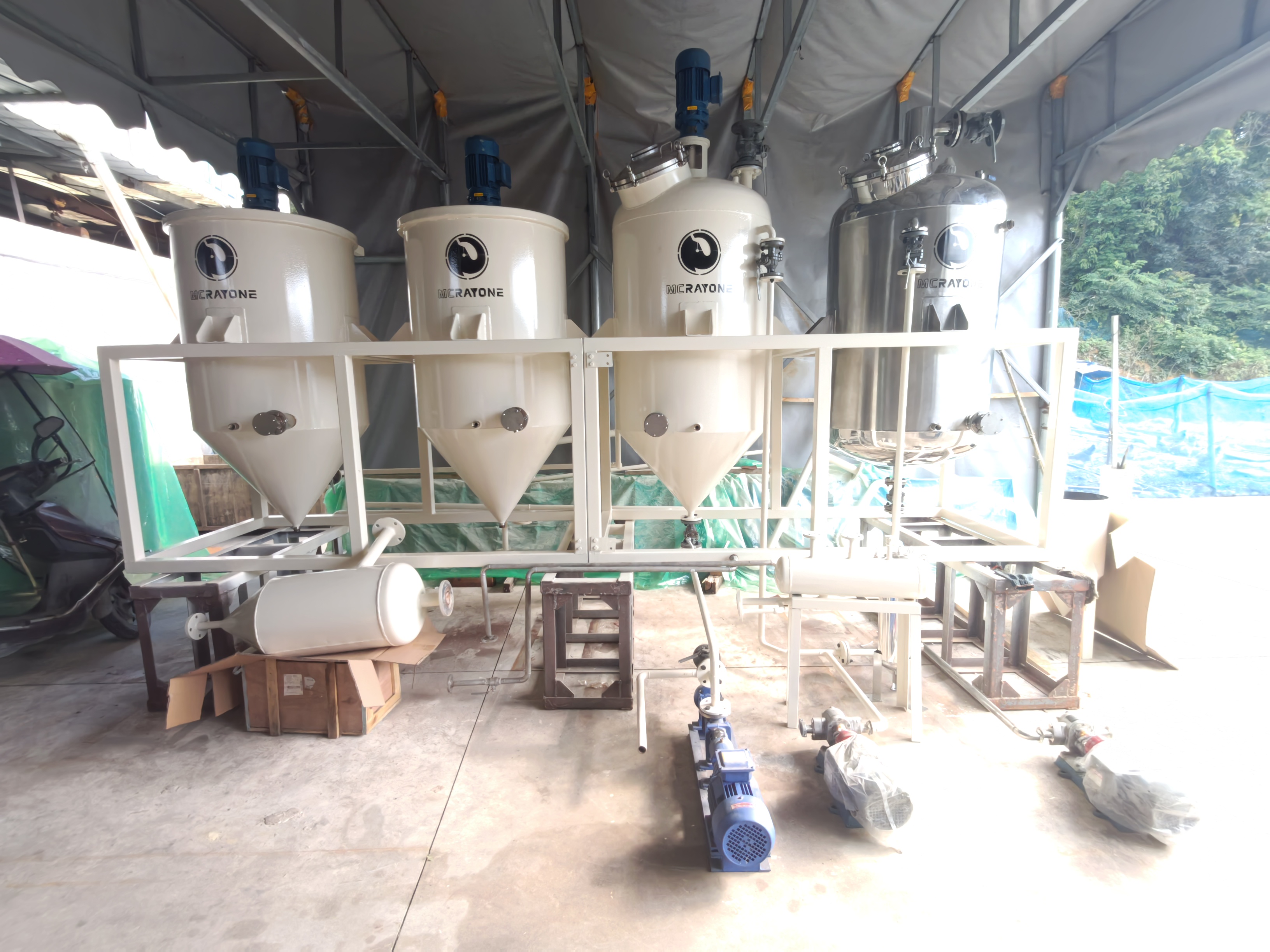
Main Equipment
|
No.
|
Equipment
|
Application
|
QTY
(Set)
|
Specification
|
Picture
|
|
1
|
Sheller
|
Remove the shell of material to improve the oil yield.
|
1
|
Capacity:200-400kg
Power:2KW
Size:980*700*1300mm
Weight:220KG
Voltage:220V
|
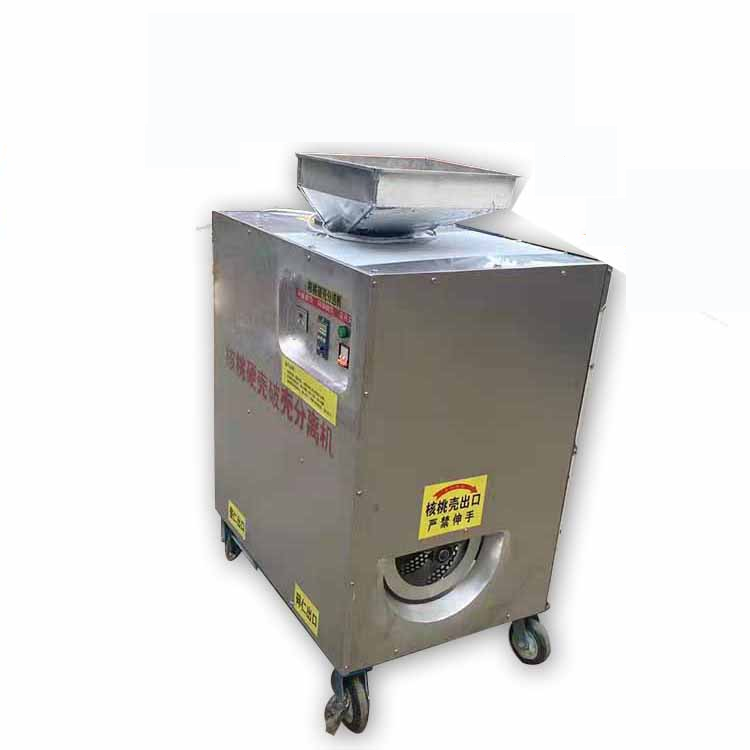
|
|
1
|
Hydraulic Oil Press
|
The machine is used for making oil by mechanical squeeze. With Double barrel.
|
1
|
Barrel capacity:100KG
Power:3KW
Size: 2020*1300*2550mm
Weight:2550KG
Voltage:380V
|
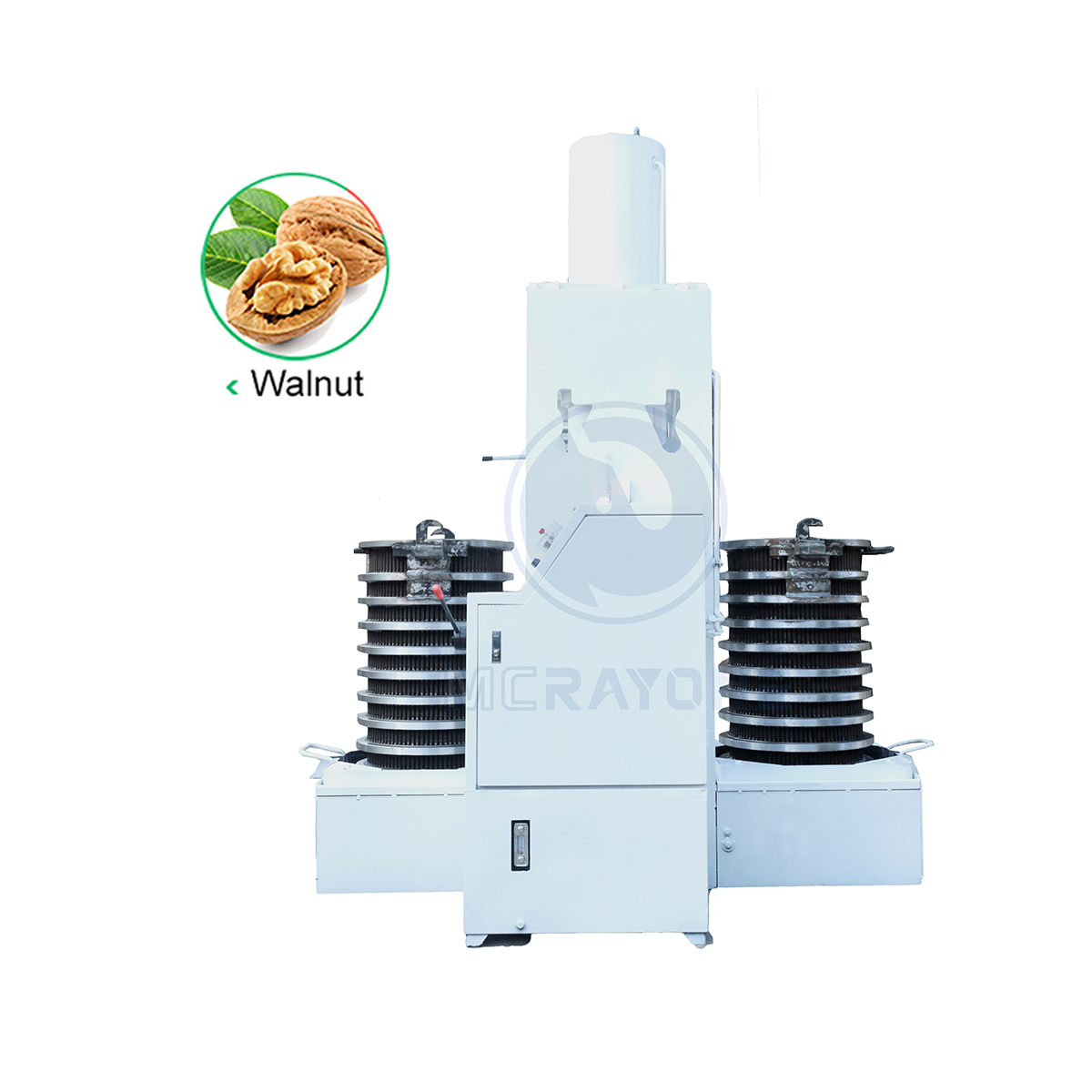
|
|
2
|
Plate frame oil filter
|
The machine is used for removing the solid impurities in crude crude oil, such as oil residue and material residue.
|
1
|
Capacity:190-250kg/h
Plate Quantity: 18 pcs
Power: 1.5 kw-4P
Size:1520*570*640mm
Weight: 550 kg
|
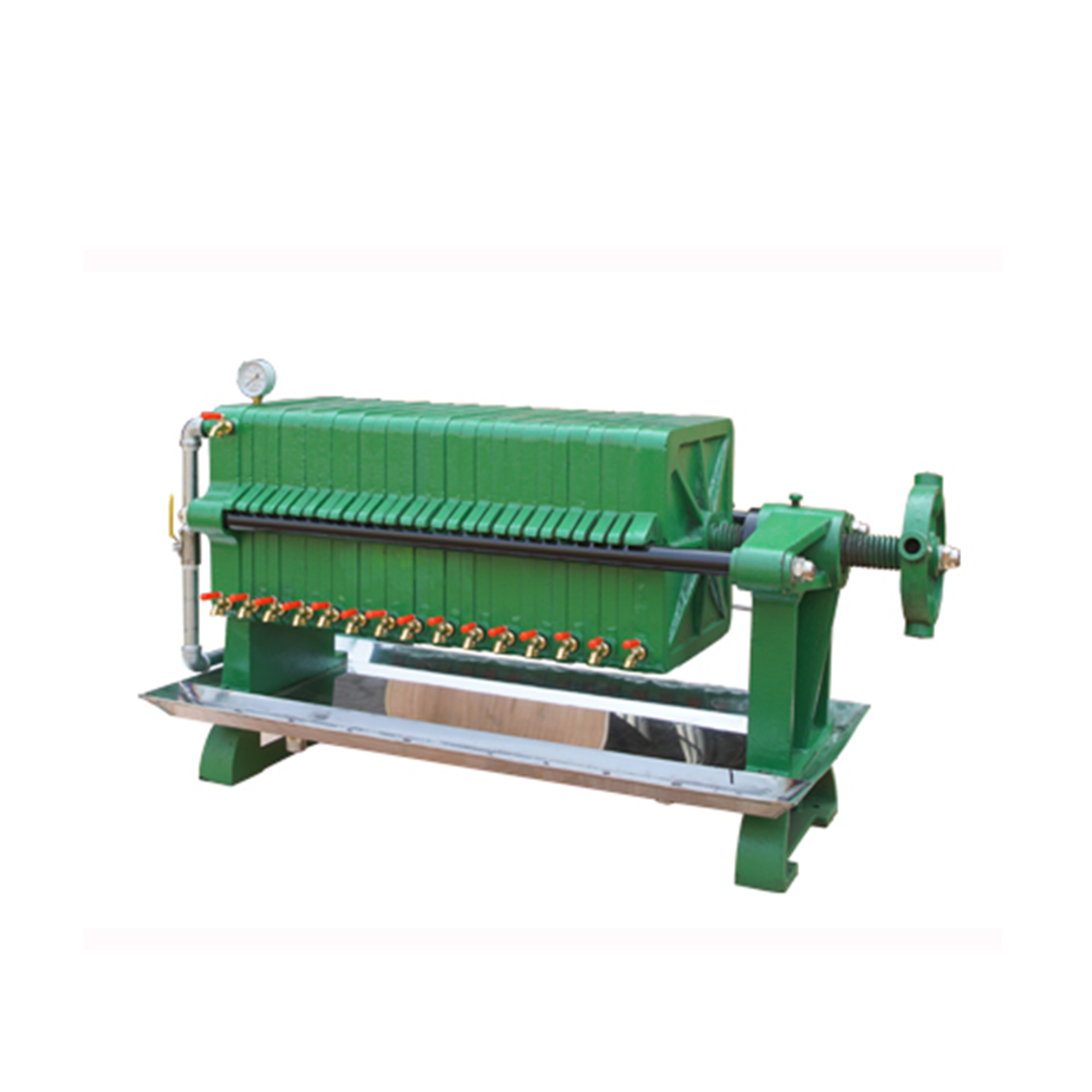
|
|
3
|
Fully Refined
|
Mainly used for refining crude oil to remove impurities and harmful substances in oil and improve the quality of finished oil.
|
1
|
Capacity:5T/10T/20T per day
customized
|
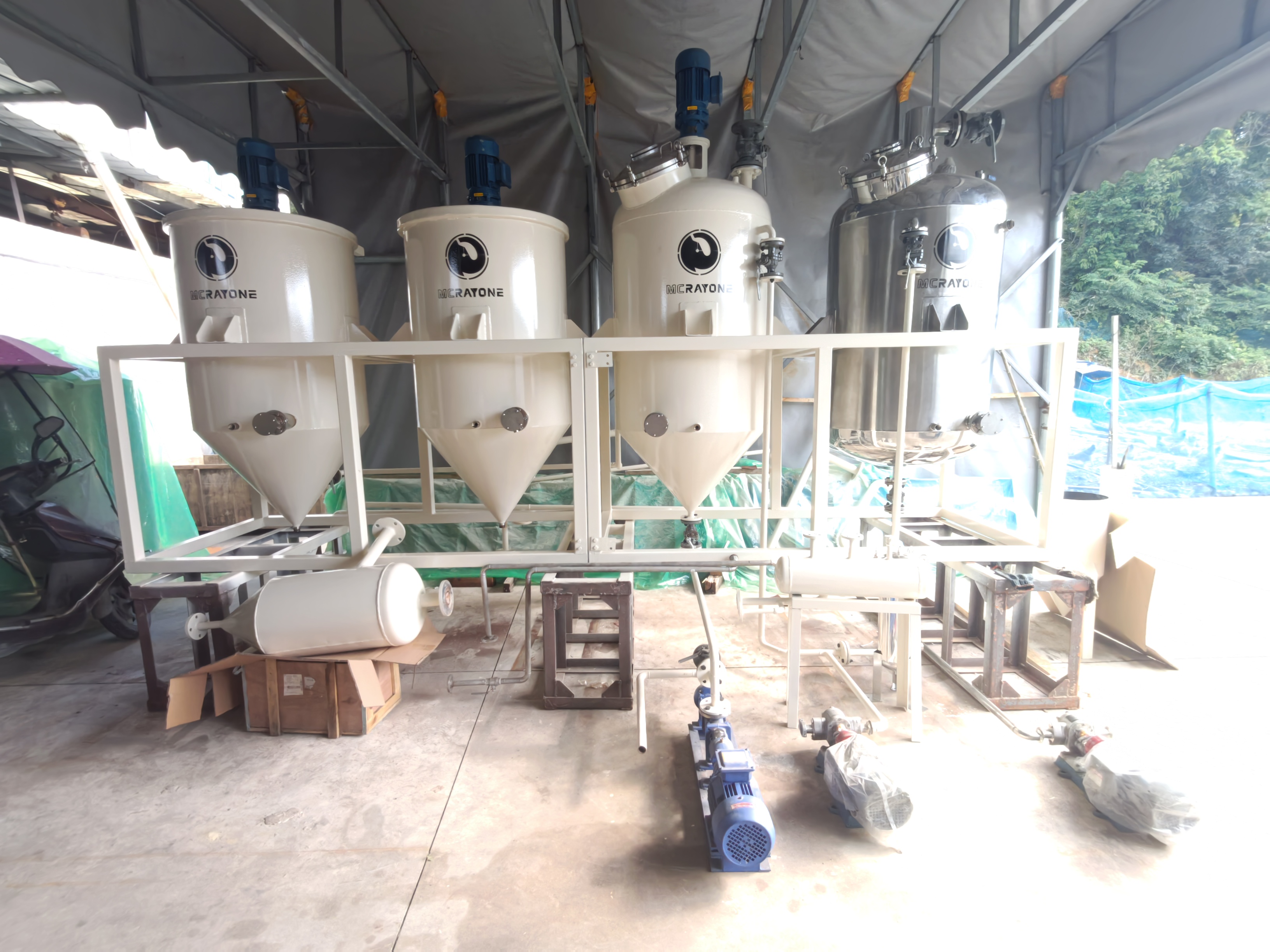 |
